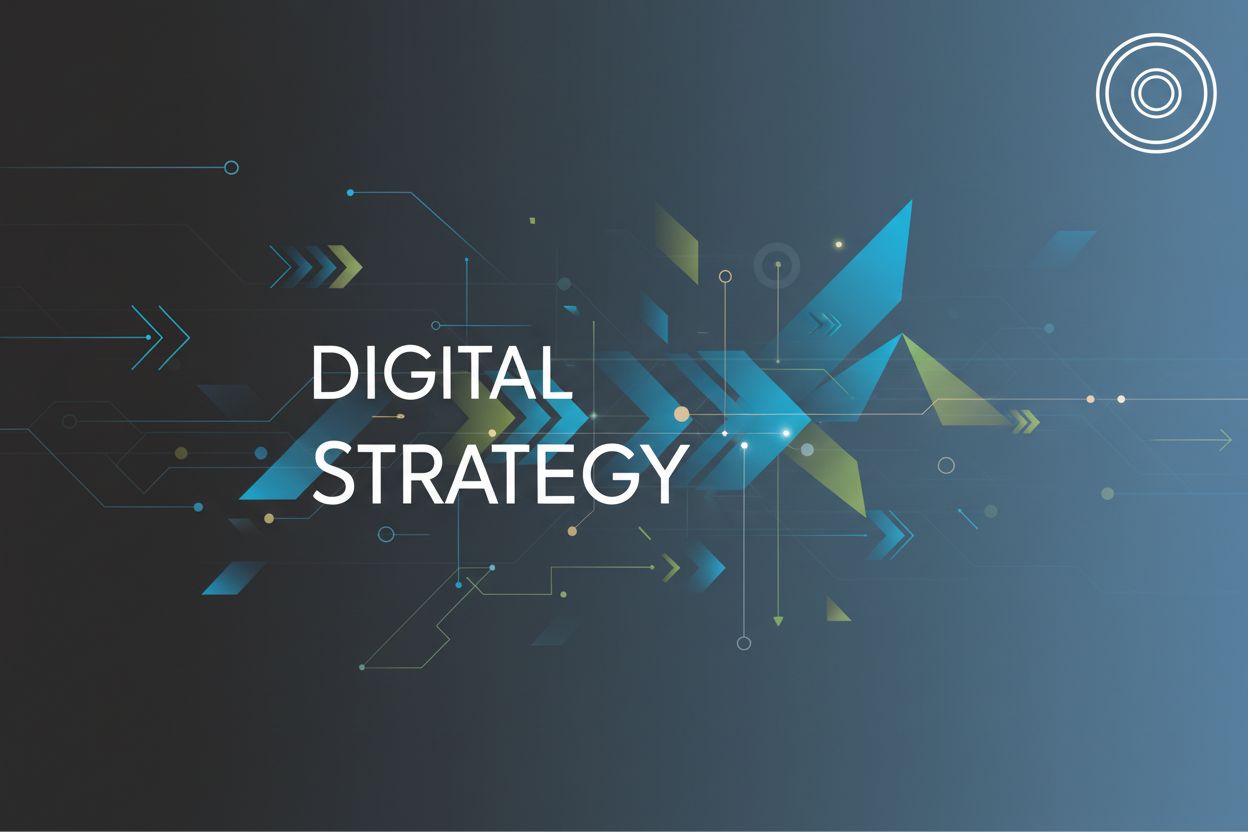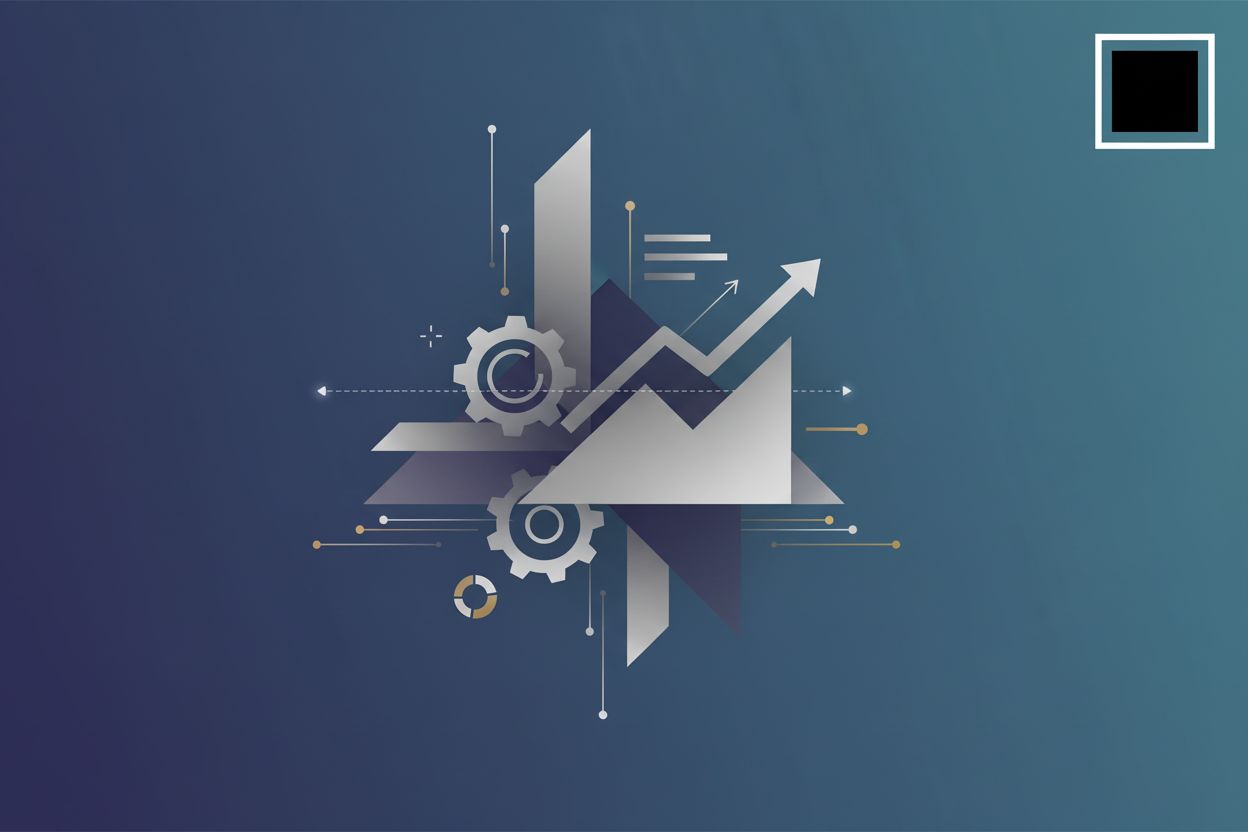Understanding Strategic Assumptions in Digital Initiatives
TL;DR
The Foundation: What Are Strategic Assumptions?
Okay, let's dive into this. Digital transformation, right? It's not just a buzzword anymore; it's kinda like oxygen for businesses, especially the smaller ones. You snooze, you lose.
But what exactly are strategic assumptions in this whole digital transformation mess? Simply put, they're the beliefs you hold about how the world works, your customers behave, and your business operates that underpin your digital strategy. They're the "givens" you're building on. If these assumptions are wrong, your whole digital house of cards could tumble.
It's about flipping how you do things, not just slapping tech on top of the old ways. You're not gonna win any races with that approach. The goal is to innovate, streamline, and, most importantly, connect with customers in ways that actually make sense to them.
A well-defined digital transformation strategy is essential for staying competitive, leveraging digital tools, and driving long-term success, according to IMD.
So how do you actually do this digital thing? There's a bunch of stuff you can focus on, but these have been working for most orgs.
- Invest in the right infrastructure. This isn't just buying the shiniest new servers. It's about making sure your systems talk to each other, no awkward silences.
- Develop a clear roadmap. It's gotta be a living doc, not some dusty plan you file away. It's about aligning your tech with your business goals.
- Foster a digital culture. Get everyone on board, from the ceo to the interns.
But the tech is only half the battle, honestly. You can have all the fancy tools in the world, but if your people aren't thinking digital-first, it's all for naught. It's about developing a digital mindset that embraces data, algorithms, and ai.
You might be wondering if all these frameworks and analyses are worth it. Well, consider "EcoSolutions Inc.", a mid-sized environmental consulting firm. They were struggling to get their research findings to resonate beyond academic circles. By focusing on a digital transformation that involved creating an interactive online portal for their data, implementing a user-friendly content management system, and developing targeted digital marketing campaigns, they saw a 25% YoY increase in online sales of their specialized reports and consulting packages.
It's a journey, not a destination. You aren't gonna get it right overnight. Keep experimenting, keep learning, and most importantly, keep talking to your customers.
Identifying Strategic Assumptions: A Practical Guide for Environmental Services
Alright, so you're trying to figure out how to make your content really stick with folks in the environmental services biz. It's not just about throwing facts at 'em, it's about getting them involved. This is where we start digging into the specific assumptions you're making about this industry.
First things first: the digital platform? Gotta jazz it up. Think less "textbook" and more "interactive playground". It ain't enough to just have the info, it's about how people experience it.
What if you created a space where researchers, field workers, and even the public could actually talk to each other? That's more than just a website; that's a spot where ideas can cross-pollinate.
- Make sure the platform ain't just a download dump. Make it a destination.
- Consider adding interactive data visualizations so the audience can play with the data.
- User-generated content? Absolutely. Let people share their own research or field notes for a more diverse perspective.
It might seem like a lot, but it's about making your publication the spot for environmental services. It ain't just about publishing; it's about building a community. To promote the new model, experiment with new revenue streams too.
Imagine you can take a page from the Blue Ocean Strategy's playbook. For EcoSolutions Inc., this might mean identifying an unmet need for accessible, real-time environmental data analysis tools that competitors aren't offering, rather than just competing on price for traditional reports.
Now, open access - it's a tricky one, ain't it? The Business Model Canvas can be your friend here. It forces you to think about how you're really making money and who your customers really are. For EcoSolutions, it could help them map out revenue streams beyond just report sales, like offering premium data access or specialized training modules, and identify who benefits most from these different offerings.
So, what's the next step? Maybe it's reaching out to those universities or research orgs who are always looking for a place to shout about their stuff. It's about building a network, not just a website.
Validating Strategic Assumptions: Ensuring Realism
Okay, let's talk content strategy for environmental services. It's not just about churning out blog posts; it's about making sure your message actually lands with the right people. And in a field as specialized as environmental services, that means getting hyper-focused. This section builds on identifying those assumptions by making sure they're actually grounded in reality.
First, you gotta know who you're talking to. I mean really know. Are they researchers buried in data? Field workers knee-deep in mud? Or maybe policy wonks crafting new regulations? These are your personas, and your assumptions about their needs and how they consume information are critical.
Tailoring your content to these different personas is key, honestly. It’s not a one-size-fits-all kinda deal, you know?
Think interactive data visualizations. Less static PDFs, more dynamic tools where they can actually play with the data. What about short, punchy video explainers breaking down complex regulations? Or even a podcast featuring interviews with leading experts? These are assumptions about what formats will engage each persona.
And how do you know if it's working? It's not just about vanity metrics like page views. It's about tracking engagement.
- Are they downloading the reports?
- Are they spending time on the interactive tools?
- Are they are they sharing the content with their networks?
It's about figuring out what really moves the needle for your specific audience, and validating whether your assumptions about their engagement are correct.
With a solid handle on content strategy, you’ll be validating those assumptions in no time.
Adapting to Change: When Assumptions Prove False
Okay, let's get real about what happens when those carefully laid strategic assumptions go belly up – cause, honestly, they sometimes do. It's not a matter of if, but when, you know?
See, you gotta keep a close watch on what you're doing. I mean, setting up key performance indicators (KPIs) is, like, the bare minimum. Think of them as your digital project's vital signs. If they start to flatline, Houston, we have a problem.
You need to regularly monitor these indicators to catch any deviations from your expected outcomes.
Automated dashboards are your best friend here – they give you that real-time view of what's workin' and what's not. No more guessin' games.
So, what if those numbers do start heading south? Well, you better have a Plan B, C, and maybe even D. Contingency plans are a must-have.
- Be willing to adjust your strategy, even if it means completely changing course.
- Embrace that whole agile mindset. The faster you can adapt, the less pain you'll feel.
Okay, so you messed up. It happens! Don't sweep it under the rug. Instead, think of it as a learning opportunity.
- Post-mortem analyses are your friend. Dig deep and figure out why that assumption failed.
- Document everything! Share it with the team so they don't make the same mistake down the road. As the team at appwrk, a digital innovation consultancy, emphasizes, you need to embrace experimentation and continuous learning.
Basically, assumptions failing isn't the end of the world. It's just a chance to get smarter and build an even better strategy next time.
Practical Applications: Strategic Assumptions in Action
Okay, so you wanna make sure your scientific publication actually gets read, right? It's not just about the research itself, but how you get it out there. It's time to ditch the old ways and embrace the digital world. This section looks at how these ideas play out in real-world scenarios.
The first—and maybe most important—thing is enhancing your digital platform. I mean, no one wants to wade through a clunky website. Think interactive features, videos, and easy navigation. What you want to do is make it a place where people want to hang out.
And it's not just about the website. As IMD notes, digital transformation has to be about more than just slapping tech onto old processes. It's about fundamentally rethinking how you do things.
Launch webinars and forums, it's what I'm saying! Create dialogue. "The goal is to get people talking about the content," and that's how it's done.
Consider experimenting with open access for some content. I know, I know—money, right? But think about the increased reach and impact. A pilot program can help you test the waters.
A well-defined digital transformation strategy is essential for staying competitive, leveraging digital tools, and driving long-term success.
Here's a simplified example of how you might detect frustration using sentiment analysis in Python. Let's say EcoSolutions Inc. notices a dip in engagement with a new data visualization tool they launched. They could run sentiment analysis on user feedback comments related to the tool.
from textblob import TextBlob
text = "This platform is slow and difficult to navigate! I can't find the data I need."
analysis = TextBlob(text)
print(f"Polarity: {analysis.sentiment.polarity}, Subjectivity: {analysis.sentiment.subjectivity}")
In this case, the negative polarity (-0.3) and high subjectivity (0.7) clearly indicate user frustration. This validates the assumption that the tool would be intuitive, and signals a need to adapt the strategy – perhaps by redesigning the navigation or improving loading times, rather than assuming the initial design was perfect.
Don't forget the ethics, okay? Data privacy is a big deal. Be transparent about how you're using reader data and avoid anything that feels manipulative.
So, yeah, it's a lot but it's what you need to do to stay afloat.
Wrapping Up: The Power of Strategic Assumptions
So, we've talked a lot about strategic assumptions – what they are, how to find 'em, how to make sure they're not just wishful thinking, and what to do when they turn out to be wrong. It's kinda like building anything, really. You gotta have a solid foundation, and those assumptions are the bedrock of your digital strategy.
Remember that furniture retailer? Their success wasn't just luck; it was built on a series of well-tested assumptions about how customers would respond to their digital push. And for EcoSolutions Inc., understanding and adapting their assumptions about how environmental data should be presented and accessed was key to their growth.
Ignoring your assumptions, or worse, not even knowing what they are, is like sailing without a compass. You might drift for a while, but you're not likely to reach your intended destination. So, keep questioning, keep testing, and keep adapting. That's how you really win in the long run.




